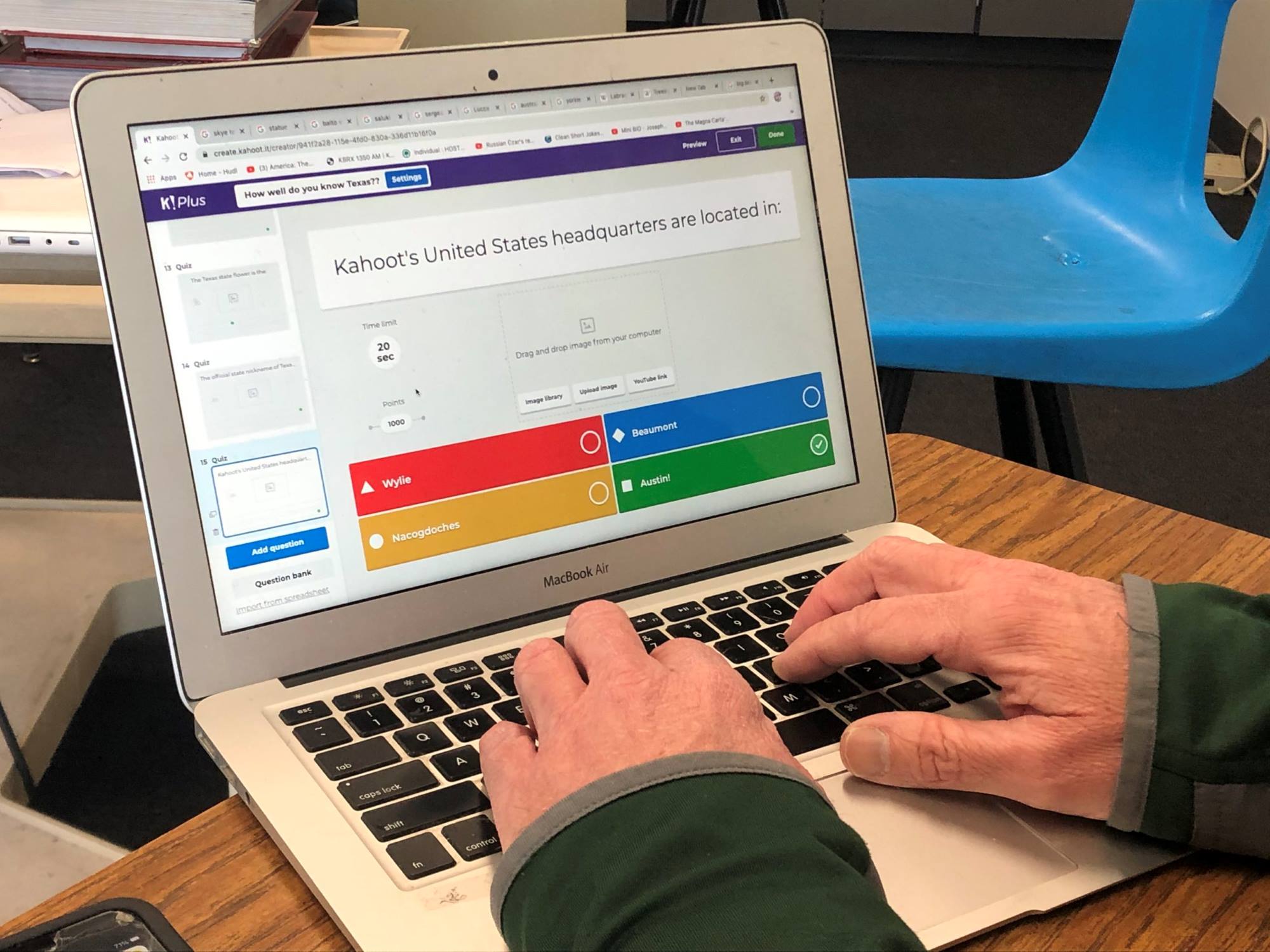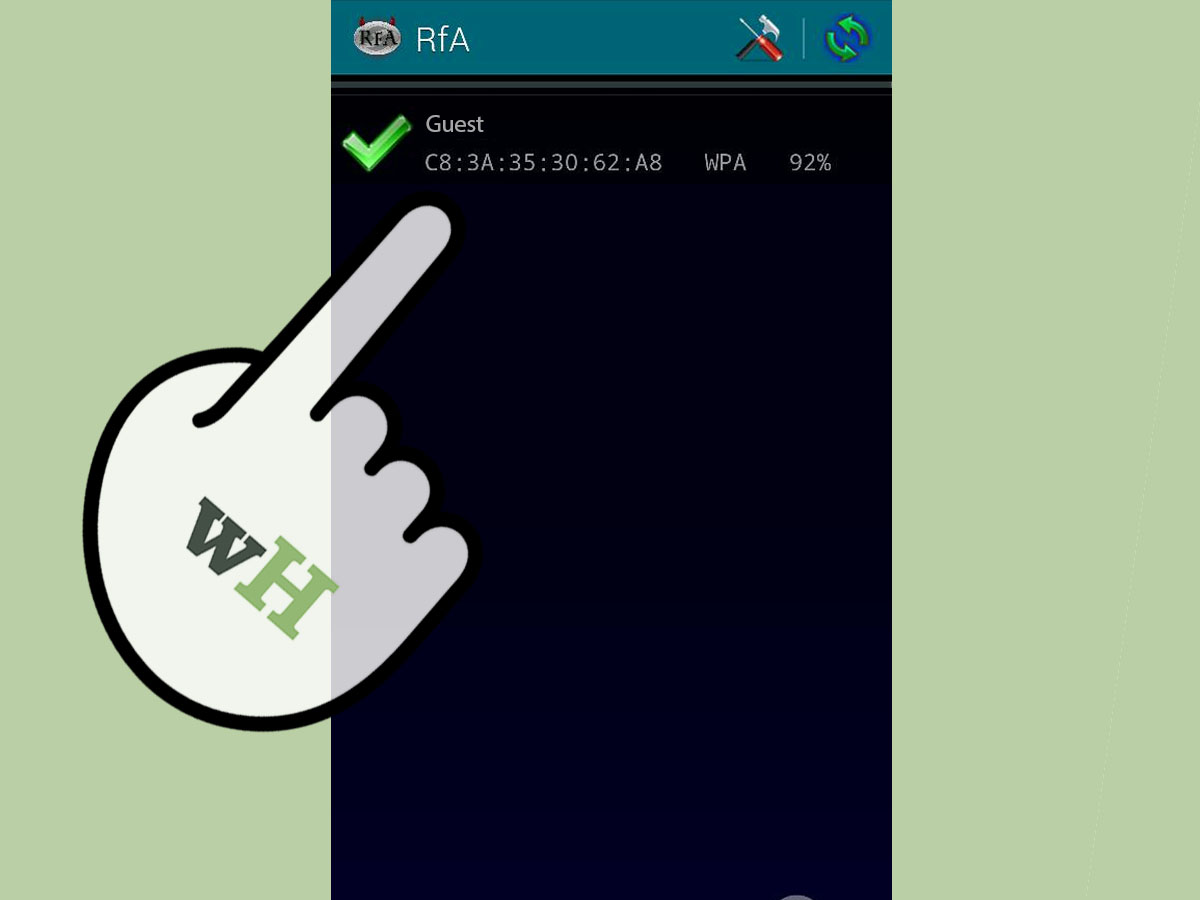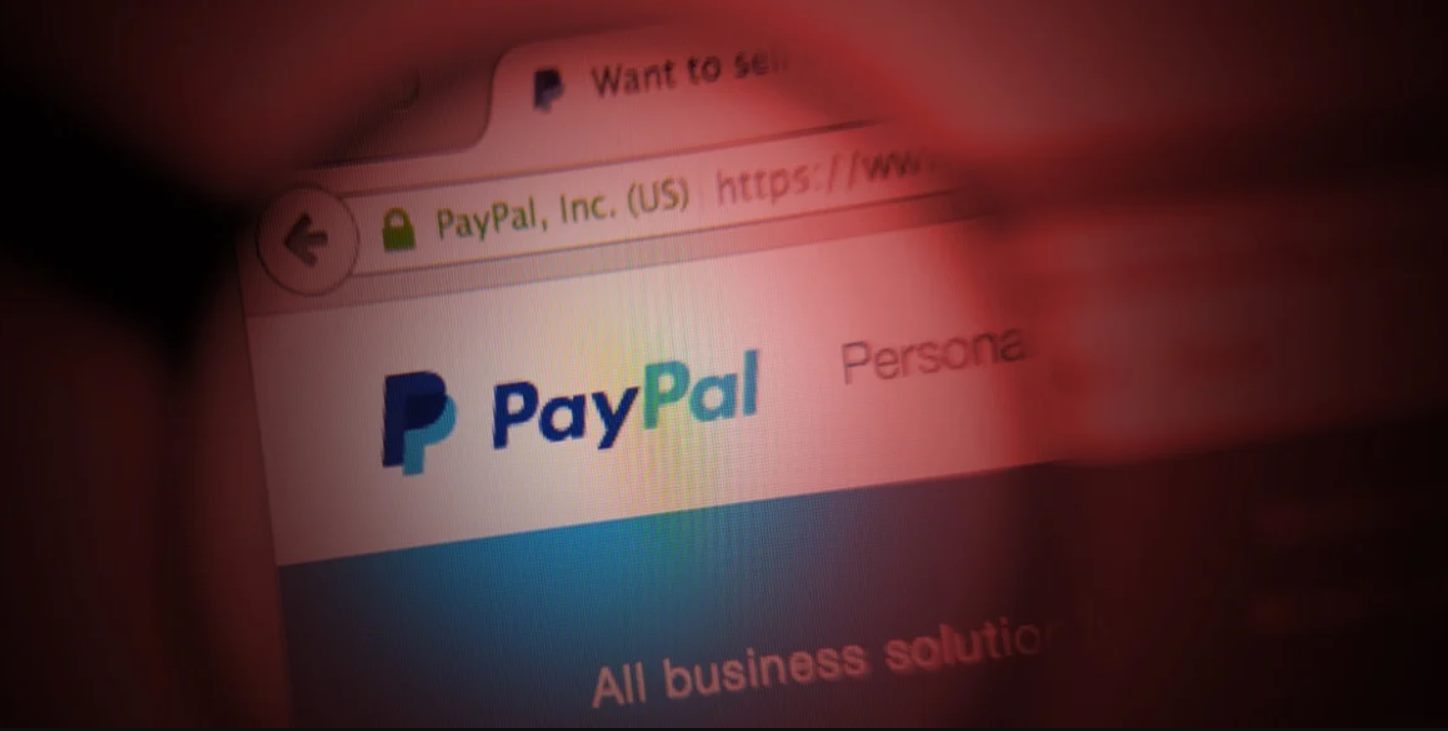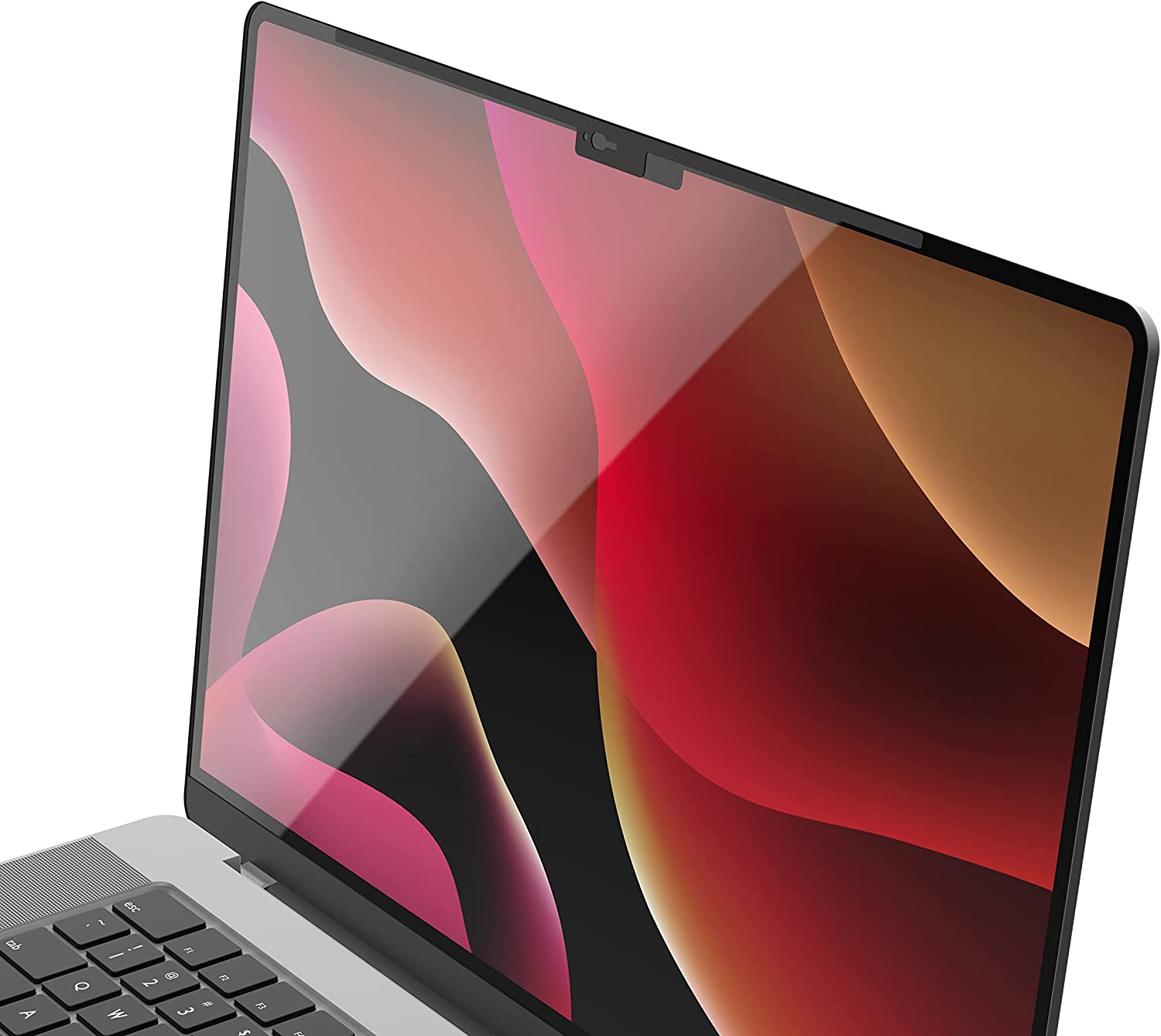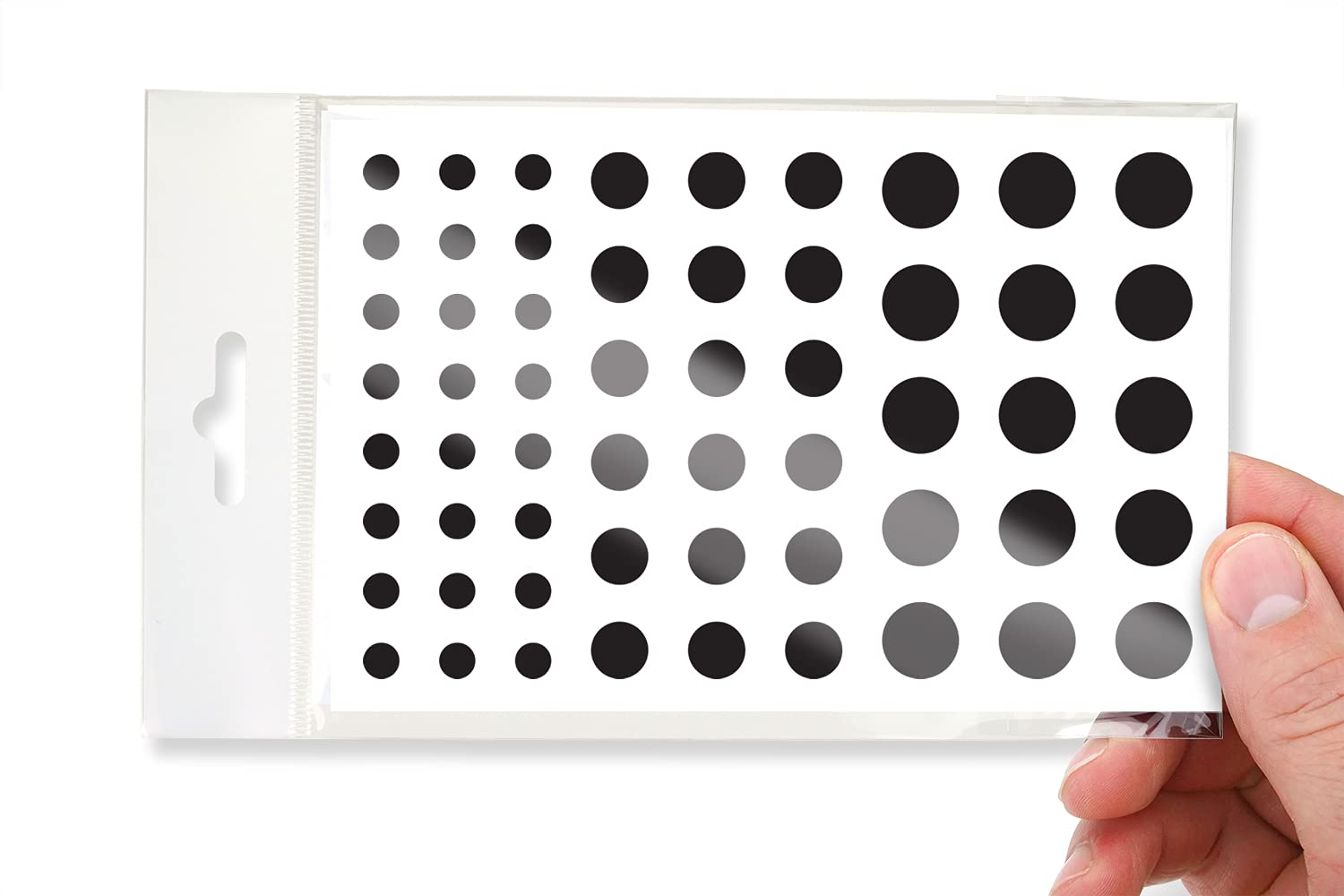Signs that Your Tablet May Be Hacked
With the increasing prevalence of cyber threats, it’s important to stay vigilant when it comes to the security of your tablet. Hacking has become more sophisticated, making it crucial to be aware of the signs that your device may have been compromised. Here are some key indicators that your tablet may be hacked:
- Unusual Battery Drain: If your tablet’s battery is draining at a rapid rate, even when you’re not using it extensively, it could be a sign of malicious activity running in the background.
- Unexpected Data Usage: Excessive data usage can indicate that your tablet is transmitting information without your knowledge. If you notice a spike in your data usage that can’t be attributed to your own activities, it’s worth investigating further.
- Slow Performance: Hackers may overload your tablet with malicious software, causing it to run slower than usual. If you experience a significant decrease in performance, it could be a red flag.
- Unfamiliar Apps: Keep an eye out for any unfamiliar apps that appear on your tablet. These could be installed by hackers to gain access to your personal information or control your device remotely.
- Strange Pop-up Ads: If your tablet is bombarded with unexpected and intrusive pop-up ads, it could be a sign of adware or malware.
In addition to these signs, you may also notice unusual behaviors such as random restarts, unresponsive touch screens, or unauthorized access to your accounts. It’s important to be vigilant and take action if you suspect that your tablet has been hacked.
Details to Consider
When assessing whether your tablet has been hacked, it’s important to consider additional details that can provide more insight into the situation. Here are some key details to consider:
- Network Activity: Monitor the network activity on your tablet to identify any suspicious connections or data transfers. Look for any unknown IP addresses or unusual data exchanges that could indicate unauthorized access.
- Changed Settings: Check your tablet’s settings for any changes that you did not make. This could include altered security settings, new user accounts, or modified permissions for apps.
- Unusual Notifications: Pay attention to any strange notifications or alerts that you receive on your tablet. These could be attempts by hackers to deceive you or gain access to sensitive information.
- Unknown Contacts or Messages: Review your contact list and message history for any unfamiliar contacts or suspicious messages. Hackers may have gained access to your device and used it to send spam or phishing messages.
- Increased Spam Emails: If you notice a sudden increase in spam emails in your inbox, it could be a sign that your tablet’s security has been compromised. Hackers may have gained access to your email accounts and are using them to send malicious content.
- Data Breaches: Stay informed about recent data breaches and security incidents. If you use any apps or services that have been compromised, it increases the likelihood of your tablet being targeted.
By considering these details, you can gather more evidence to confirm whether your tablet has been hacked. It’s important to be thorough and proactive in your investigations to protect your data and maintain the security of your device.
What to Do if You Suspect Your Tablet is Hacked
Discovering that your tablet may be hacked can be an alarming situation, but it’s important to remain calm and take immediate action to mitigate any damage. Here are the steps you should take if you suspect your tablet has been compromised:
- Isolate Your Device: Disconnect your tablet from the internet and any connected devices, such as Bluetooth speakers or smart home devices. This will help prevent further unauthorized access and limit the potential spread of malware.
- Run a Security Scan: Utilize a reputable antivirus or antimalware software to scan your tablet for any malicious software. Allow the software to detect and remove any threats it finds.
- Change Passwords: Change the passwords for all your online accounts, especially those linked to your tablet, such as email, social media, and banking accounts. Create strong, unique passwords to ensure better security.
- Update Software: Ensure your tablet’s operating system and all apps are up to date. Install any available security patches or updates that address known vulnerabilities.
- Remove Suspicious Apps: Uninstall any suspicious or unfamiliar apps that you suspect may have been installed by hackers. Check your installed apps list thoroughly and delete anything that seems suspicious.
- Enable Two-Factor Authentication: Implement two-factor authentication for your accounts whenever possible. This adds an extra layer of security by requiring a second verification method, such as a text message code or fingerprint scan.
- Monitor Financial Statements: Keep a close eye on your financial statements for any unauthorized transactions. If you notice any suspicious activity, contact your bank or credit card provider immediately.
- Reset Factory Settings: If all else fails and you are still concerned about the security of your tablet, you may need to perform a factory reset. This will erase all the data on your device and restore it to its original settings.
Remember, it’s crucial to report any incidents of hacking or suspicious activity to the appropriate authorities or your local law enforcement agency. They can provide guidance on how to proceed and may be able to assist with the investigation.
By following these steps, you can take immediate action to address a suspected hacking incident and protect your personal information and digital assets.
Steps to Protect Your Tablet from Being Hacked
Prevention is key when it comes to protecting your tablet from being hacked. By implementing these proactive measures, you can significantly reduce the risk of unauthorized access and keep your device secure:
- Keep Your System Updated: Regularly update your tablet’s operating system and apps to ensure you have the latest security patches and bug fixes. Enable automatic updates whenever possible to simplify the process.
- Use Strong, Unique Passwords: Create complex passwords for your tablet and all online accounts. Avoid using easily guessable information, such as birthdays or names, and consider using a password manager to securely store and generate passwords.
- Be Wary of Public Wi-Fi: Exercise caution when connecting to public Wi-Fi networks. Avoid accessing sensitive information or logging into accounts that contain personal data when connected to unsecured networks.
- Install Reliable Security Software: Install reputable antivirus and antimalware software on your tablet to detect and remove any potential threats. Regularly scan your device to ensure it remains protected.
- Be Mindful of App Permissions: Pay attention to the permissions requested by apps during installation. Only grant access to the necessary features and information required for the app to function properly.
- Avoid Sideloading Apps: Stick to official app stores, such as the Apple App Store or Google Play Store, for downloading apps. Sideloading apps from third-party sources can increase the risk of installing malicious software.
- Enable Find My Device or Similar Features: Activate the “Find My Device” or similar feature offered by your tablet’s operating system. This can help you locate your tablet if it gets lost or remotely wipe its data in case it falls into the wrong hands.
- Regularly Back Up Your Data: Frequently back up your tablet’s data to an external device or a secure cloud storage service. In the event of a successful hack or data loss, you can restore your important information.
- Be Cautious of Phishing Attempts: Be mindful of phishing emails, messages, or links that attempt to trick you into providing personal information or downloading malware. Exercise caution and verify the authenticity of any requests before taking action.
- Practice Safe Browsing Habits: Use secure websites with HTTPS encryption whenever possible. Avoid clicking on suspicious links or downloading files from untrustworthy sources.
By following these steps, you can create a strong defense against potential hacking attempts and keep your tablet’s security intact. Remember, staying proactive and vigilant is the key to maintaining a secure digital environment.
Conclusion
Ensuring the security of your tablet is paramount in today’s digital landscape. By being aware of the signs that your tablet may be hacked, such as unusual battery drain or unfamiliar apps, you can take prompt action to address the issue. Consider the details, such as network activity and changed settings, to gather more evidence of a potential breach.
If you suspect that your tablet has been hacked, it’s crucial to act swiftly. Isolate your device, run a security scan, and change passwords for your online accounts. Additionally, stay up to date with software updates, remove suspicious apps, and enable two-factor authentication for added security.
Prevention is equally important in safeguarding your tablet from hacking attempts. Keep your system updated, use strong and unique passwords, and exercise caution when connecting to public Wi-Fi. Install reliable security software and be mindful of app permissions and sideloading. Enable features like Find My Device and regularly back up your data.
Remember to be cautious of phishing attempts and practice safe browsing habits. By following these steps, you can significantly reduce the risk of your tablet being hacked and protect your sensitive information.
Stay vigilant, stay informed, and take proactive measures to ensure the security of your tablet. By prioritizing security and implementing these best practices, you can enjoy a safer and more secure digital experience.









